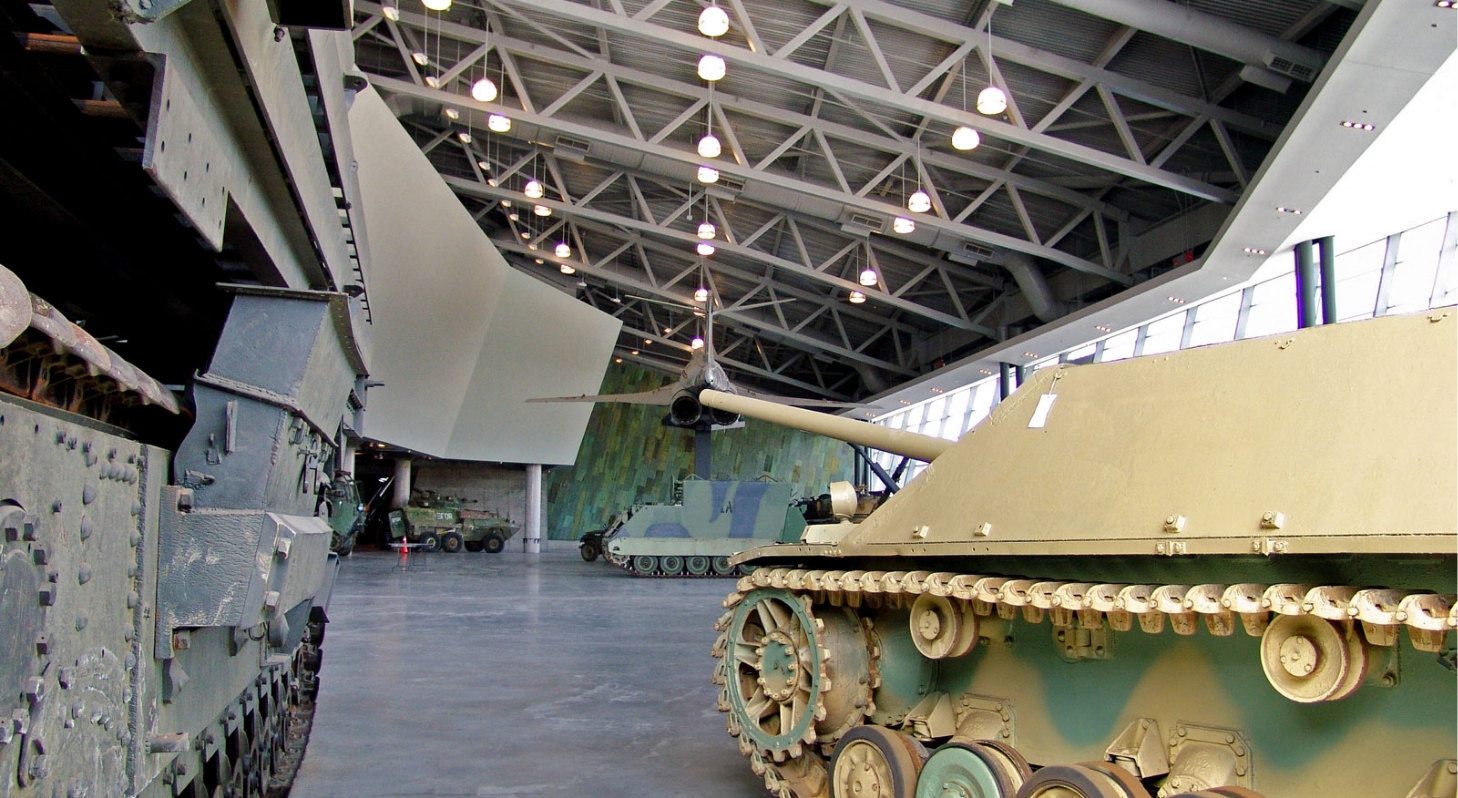Events and programming
Dec. 11–13

Special event
Dr. Tim Cook – A celebration of his life and legacy
Dec. 12, 2025
See all timesFree (registration required for in-person attendance)
Exhibitions
Step into history
Find out about the many exhibitions that have been designed to educate, inspire and intrigue you.
Explore what's on view


